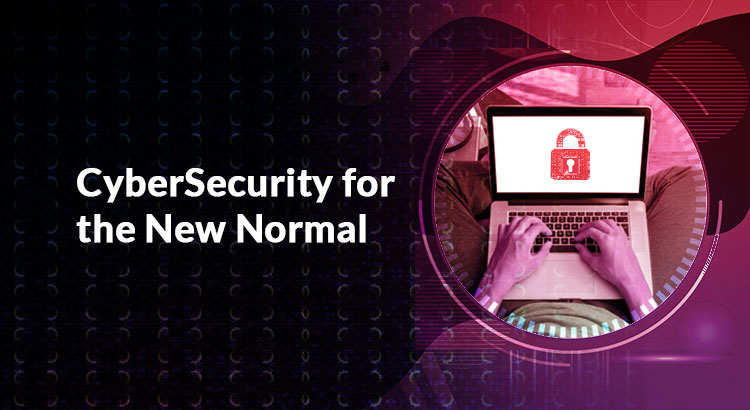Using a hybrid IT-based cloud environment has become a norm, especially in large industries. The cloud offers both flexibility and customization of the data center as well as easy access from anywhere around the world.
But there’s always a catch. A hybrid IT structure, like any other, is vulnerable to a well-designed cyber-attack. To make the most out of this system, you will need to secure it in every possible manner.
Hybrid Security Challenges: A Brief Rundown
Before you begin creating a safe infrastructure for your hybrid IT environment, you need to acknowledge the challenges that you will have to face.
- Data Loss: Data can be stolen or be affected due to cloud-related damage. Limiting data exposure and streamlining its collection is crucial. Using an access-limiting system, such as ARCON|PAM, may also be beneficial in this respect.
- Supply Chain Vulnerability: A hybrid IT environment entails software products which belong to different providers and create a complicated ecosystem. Thus, learning about your vendors’ preferred internal security is imperative for you. Otherwise, addressing certain vulnerabilities might become impossible.
- Governance and Compliance: You will need to make additional considerations if you’re working in a strictly regulated sector such as finance or healthcare. For instance, you will need to provide audit reports regularly or use tools that are compliant with your technological segment, which may limit your choices.
Creating a Secure Hybrid IT Environment: Crucial Tips and Insights
After you have determined the challenges in your system, you may begin addressing them individually. Here are some tips that might be helpful.
- Performing a Cloud Vendor Audit
Understanding the right manner for cloud deployment is crucial for its security. Perform a cloud vendor audit with your dedicated internal team so you can dig into your internal security and find loopholes in it. This will help you find the best fit for your organizational needs. Once you are done, we recommend you issue an internal security audit as well. By re-examining the current security policies, you can evaluate your technological vulnerabilities and tackle them efficiently.
- Utilize the Least Privilege Principle
The more people use a vulnerable system in your organization, the more you risk losing data. To avoid this, use a dedicated Privilege Access Management (PAM) tool like ARCON|PAM. With ARCON|PAM, you can monitor, manage, and control privileged accounts efficiently. You can also implement a role- and rule-based access infrastructure on those systems as well. You can improve the overall authentication mechanism with password vaulting and multi-factor validation. ARCON|PAM will also enable you to monitor and manage every privileged session while generating an audit report in real-time.
- Plan According to Your Procurement Policies
Some organizations use a single Cloud vendor for their hybrid IT environment, while others implement a dual deployment strategy. If you choose the second option to have failover capabilities and avoid redundancy, you may need to plan accordingly. Be sure to test the vulnerabilities of each system separately before investing in them.
- Use Encryption
Encryption is conventional when it comes to protecting readable data. However, it needs to be used appropriately for the best results. It can save crucial information from being stolen, even if the physical machine has been compromised. When implementing encryption, most organizations tend to use the partition (full-disk) method, which helps in protecting your data during offline mode or while the computer is switched off. However, hardware encryption is pretty useful in this regard as well.
- Use Automated Technology
Manual monitoring for compliance and security has its perks. However, its shortcomings are far more than its benefits. For instance, manual procedures are more prone to mistakes and implementing technologies asynchronously. Such issues tend to be uncommon when working with automated technology. Additionally, automation offers a quicker solution to all of your problems regarding monitoring and security.
Tending to your organization’s—particularly a hybrid IT environment’s—cybersecurity needs can be difficult and confusing. Consult with an expert before making any changes in your security. Be sure to create a meticulous cybersecurity plan to keep your systems from harm.

